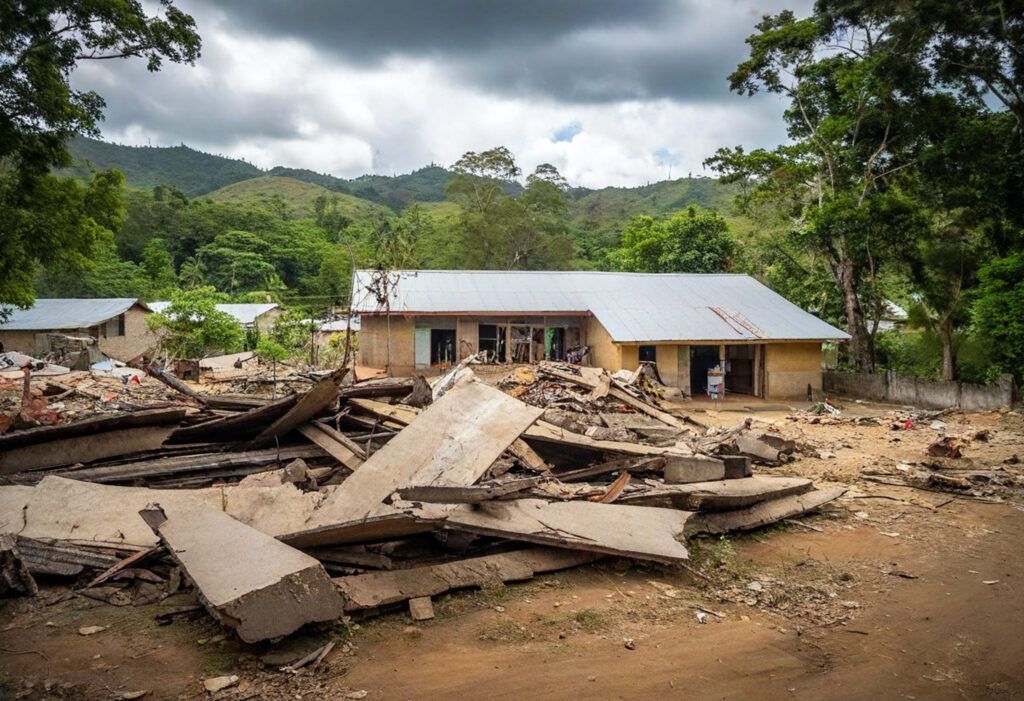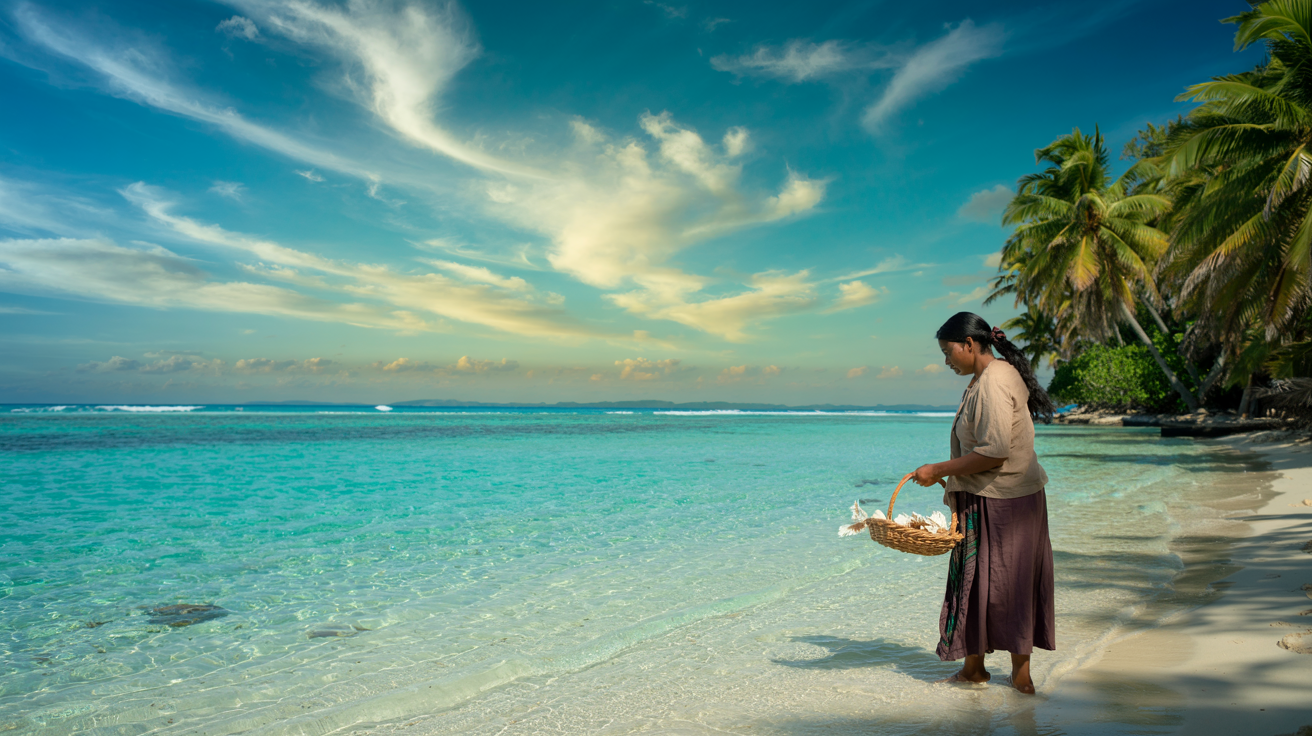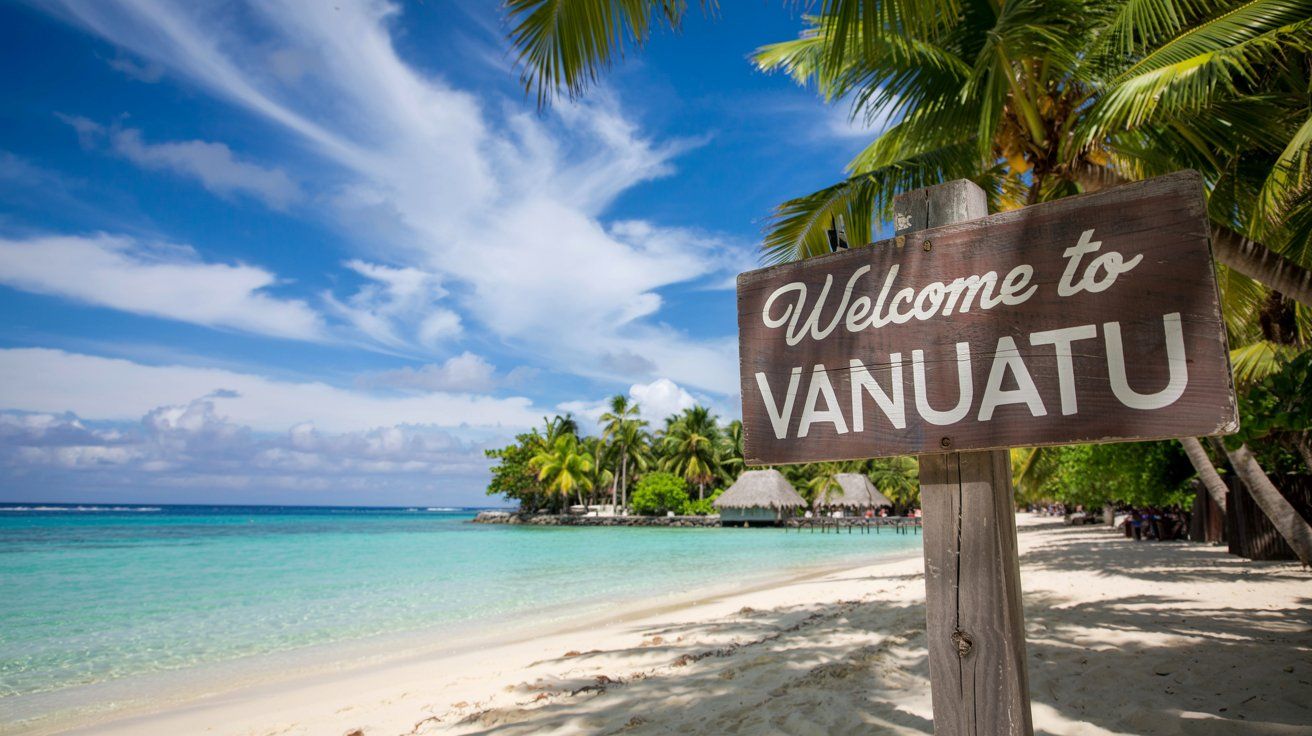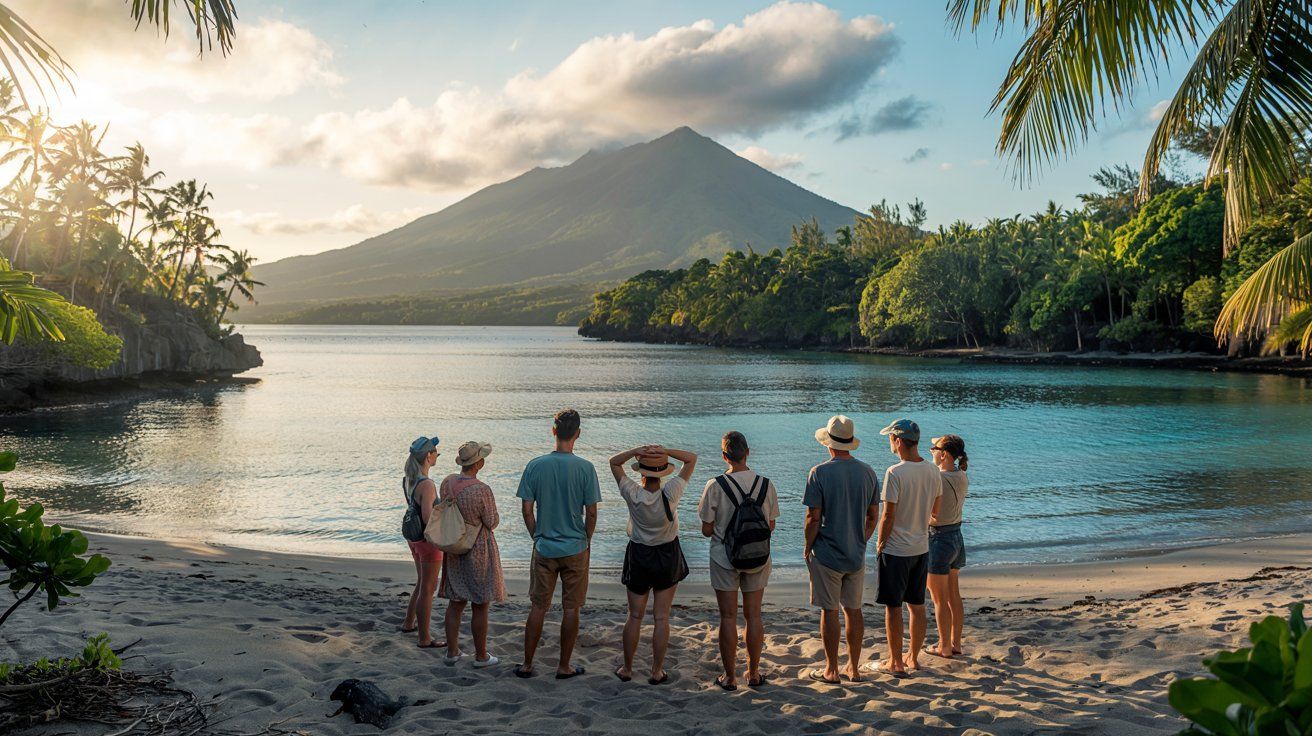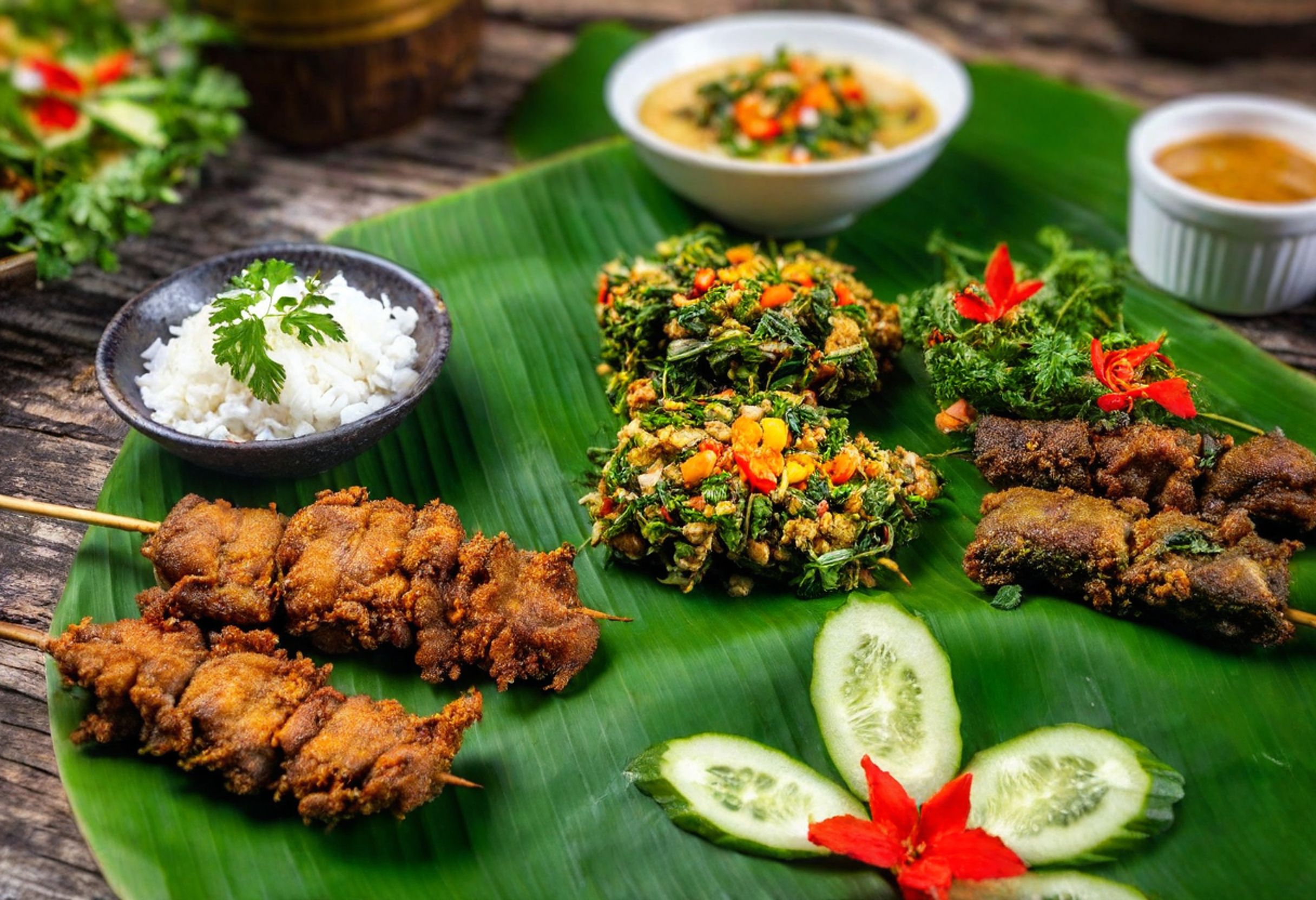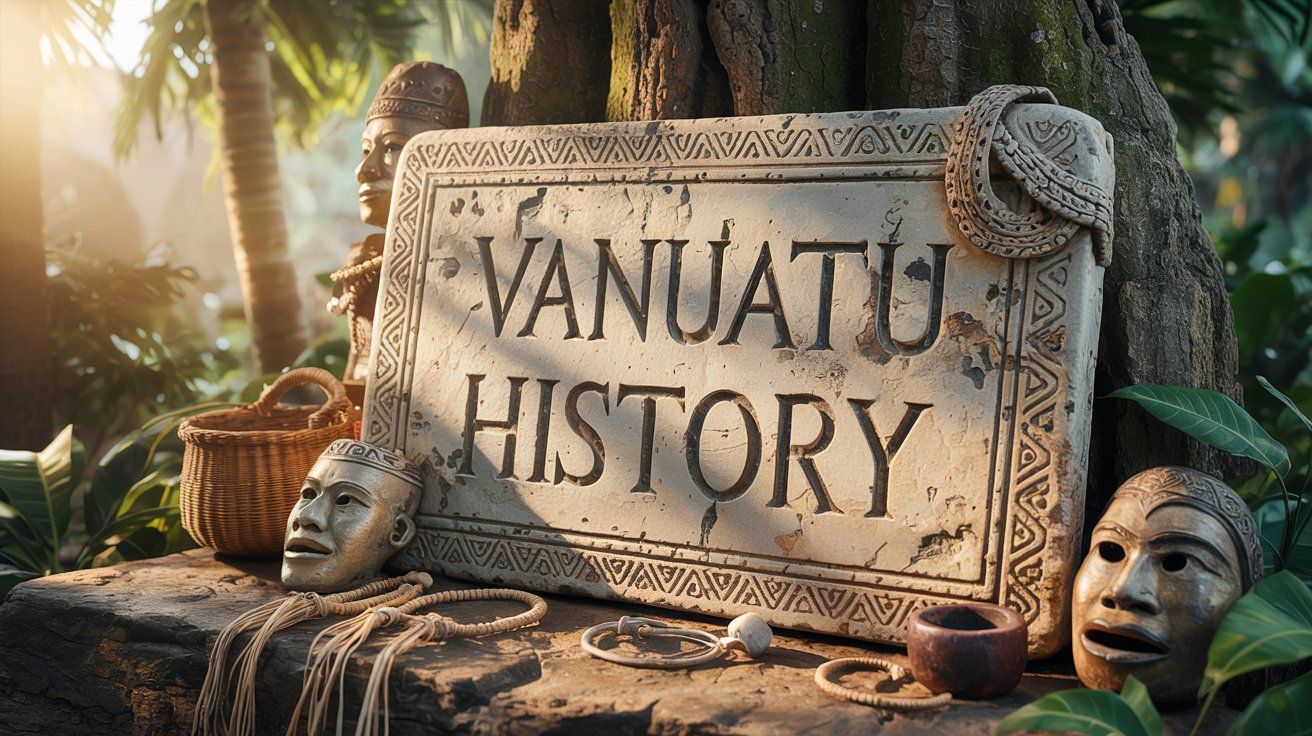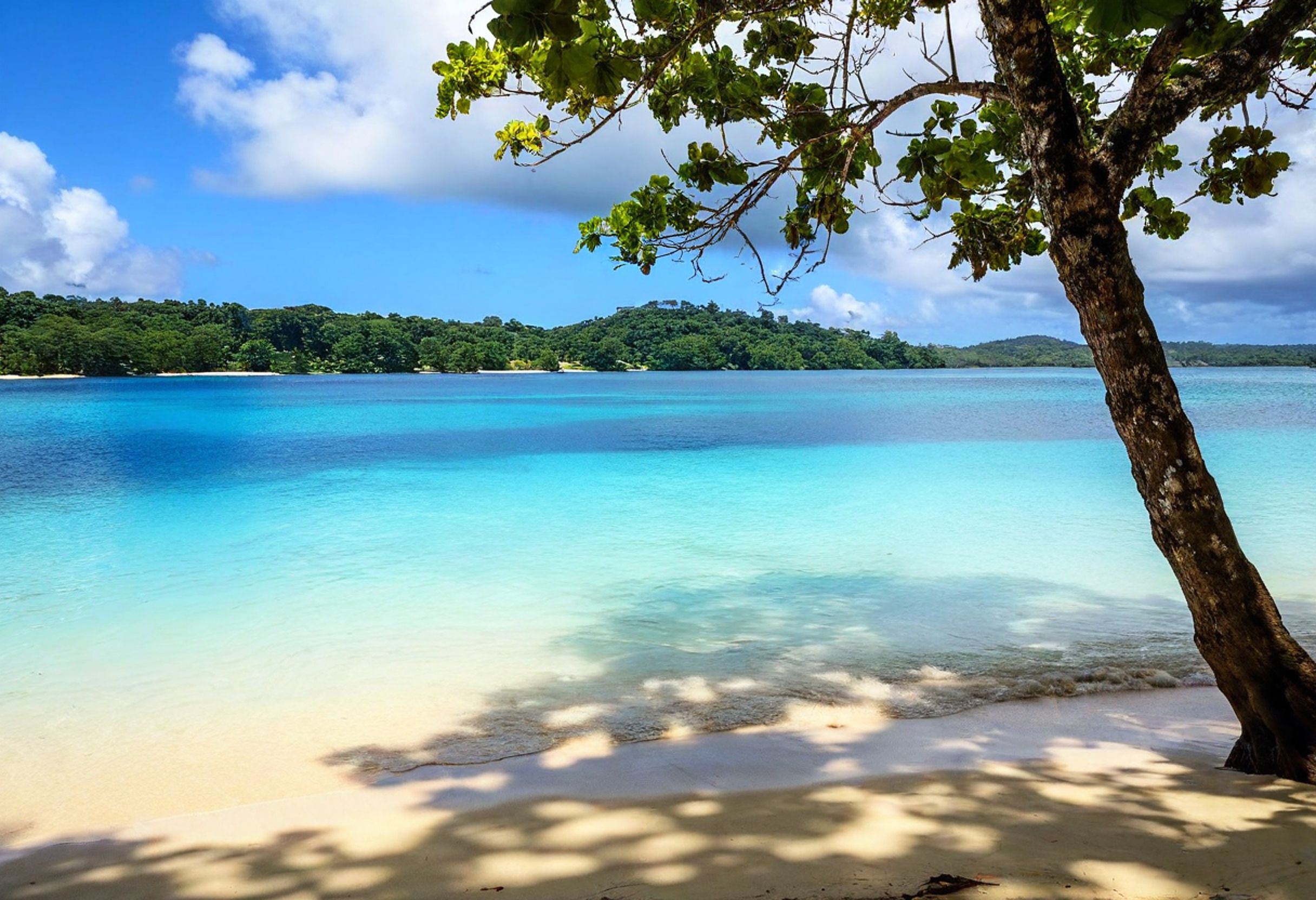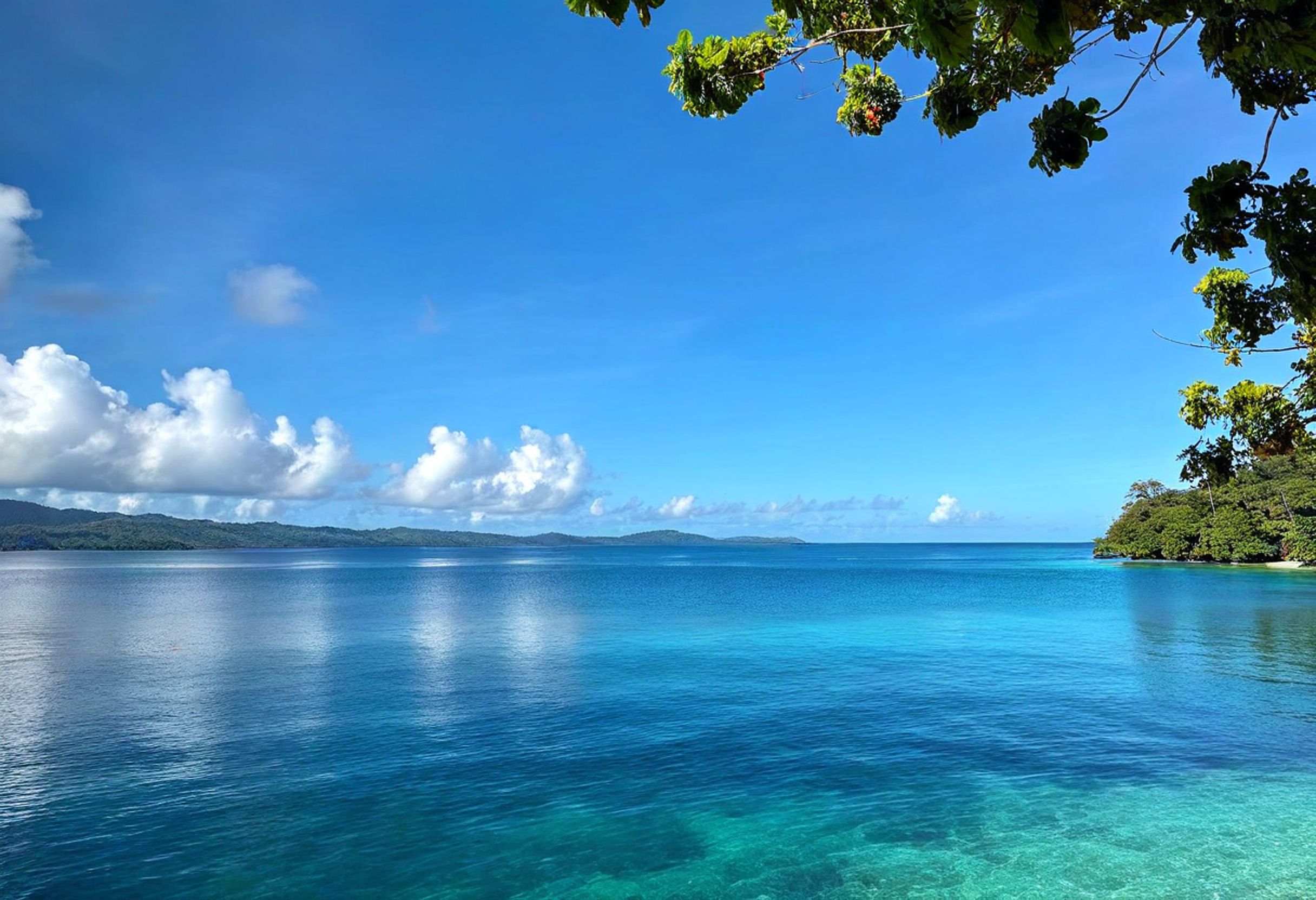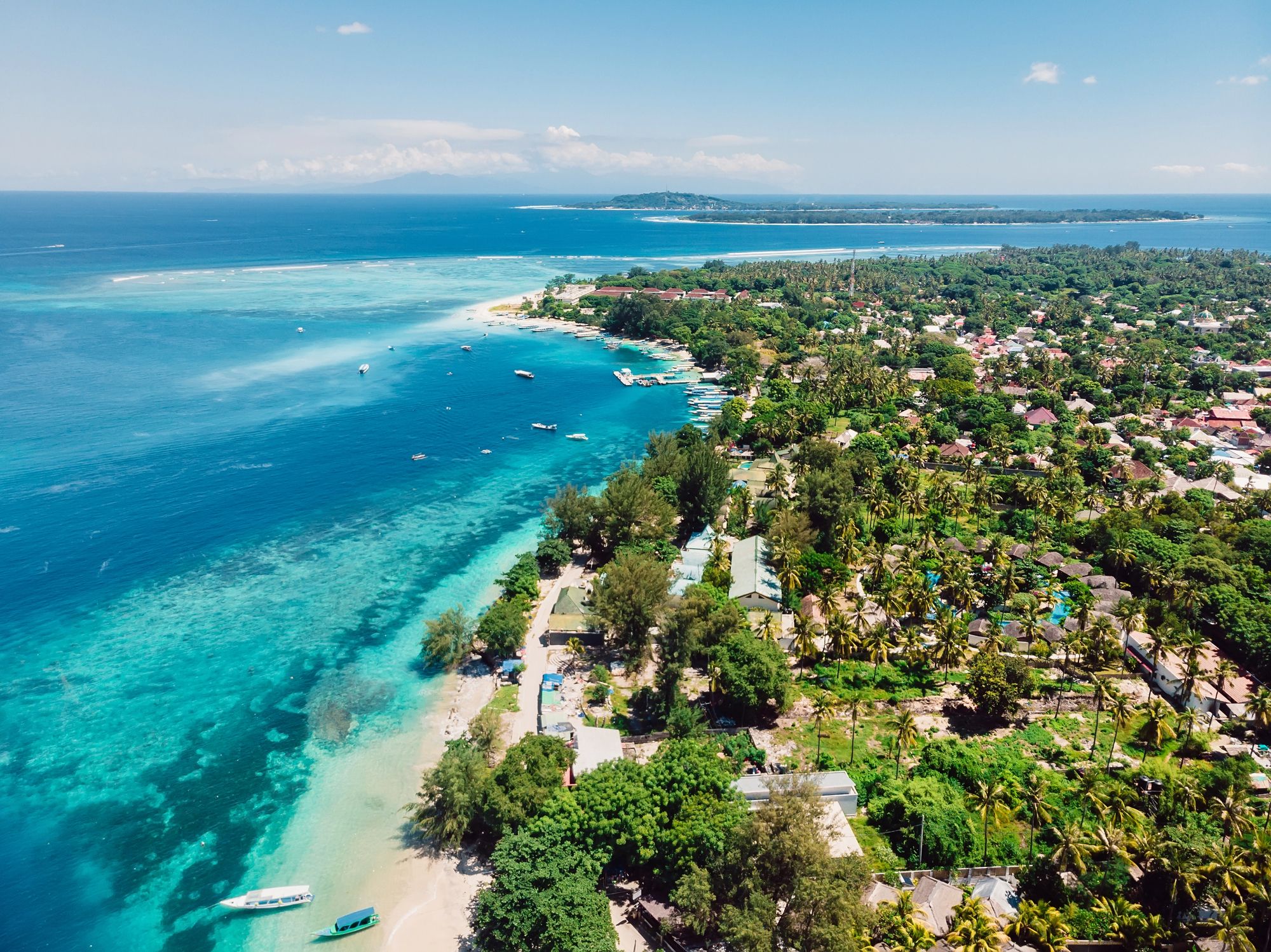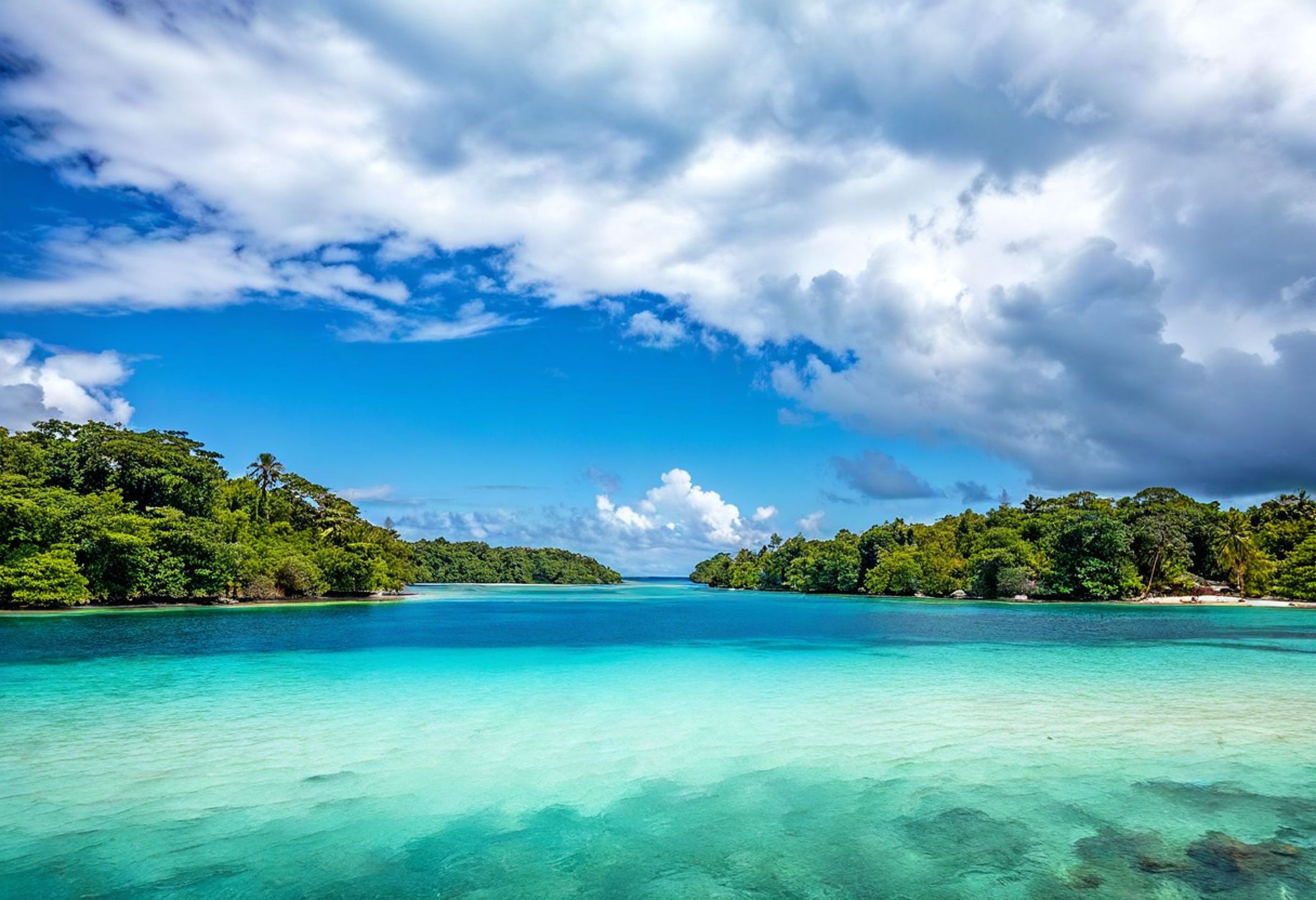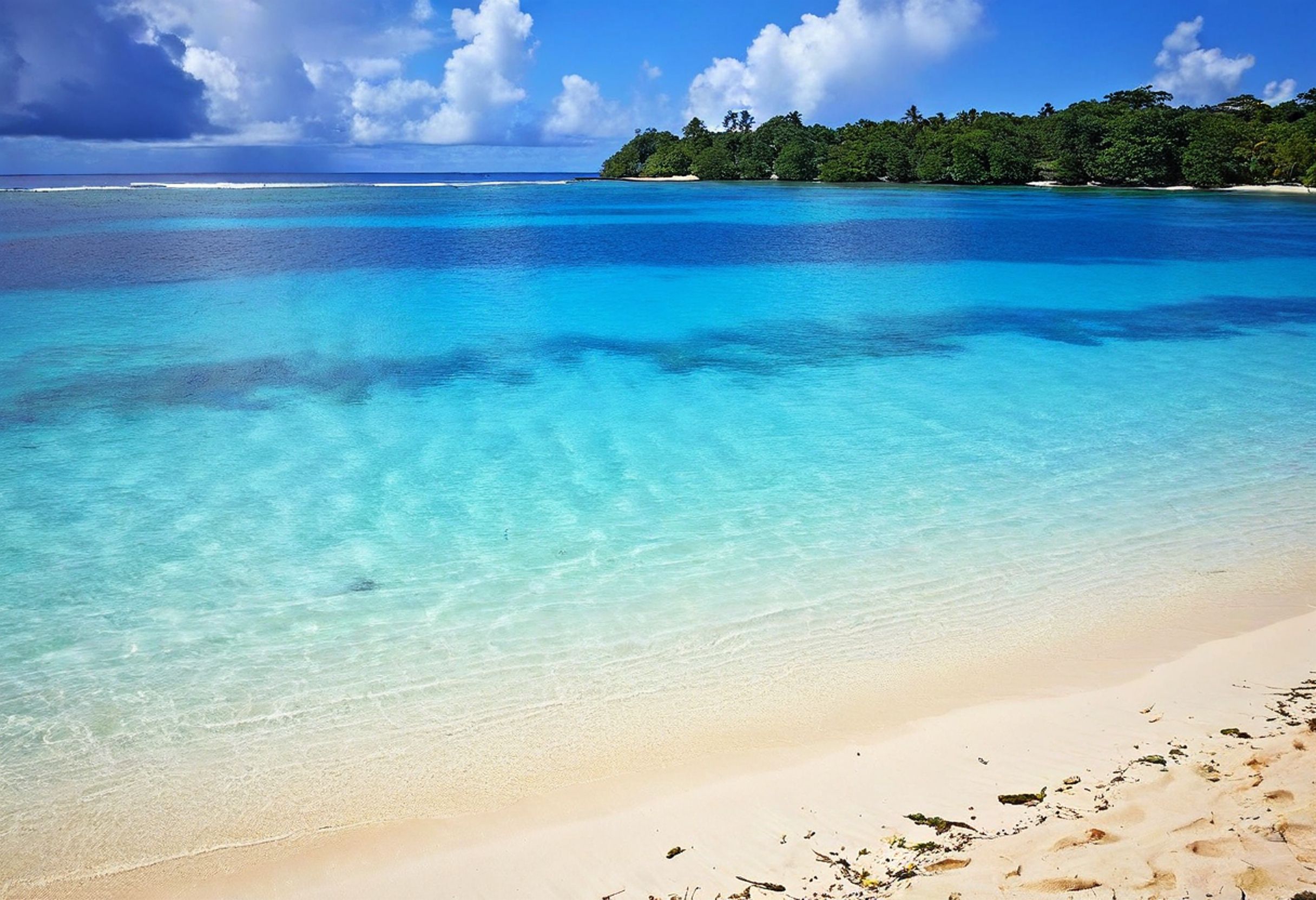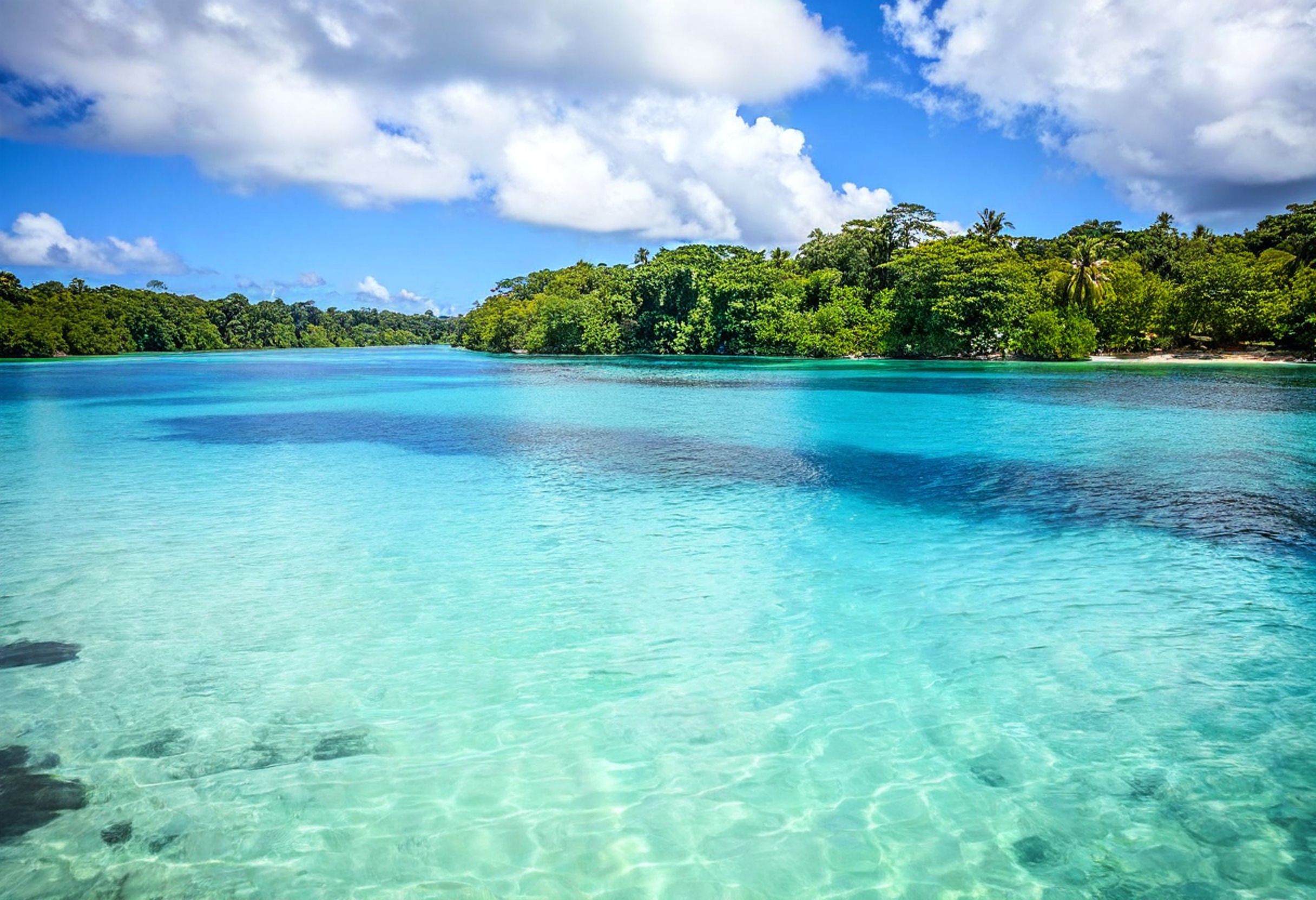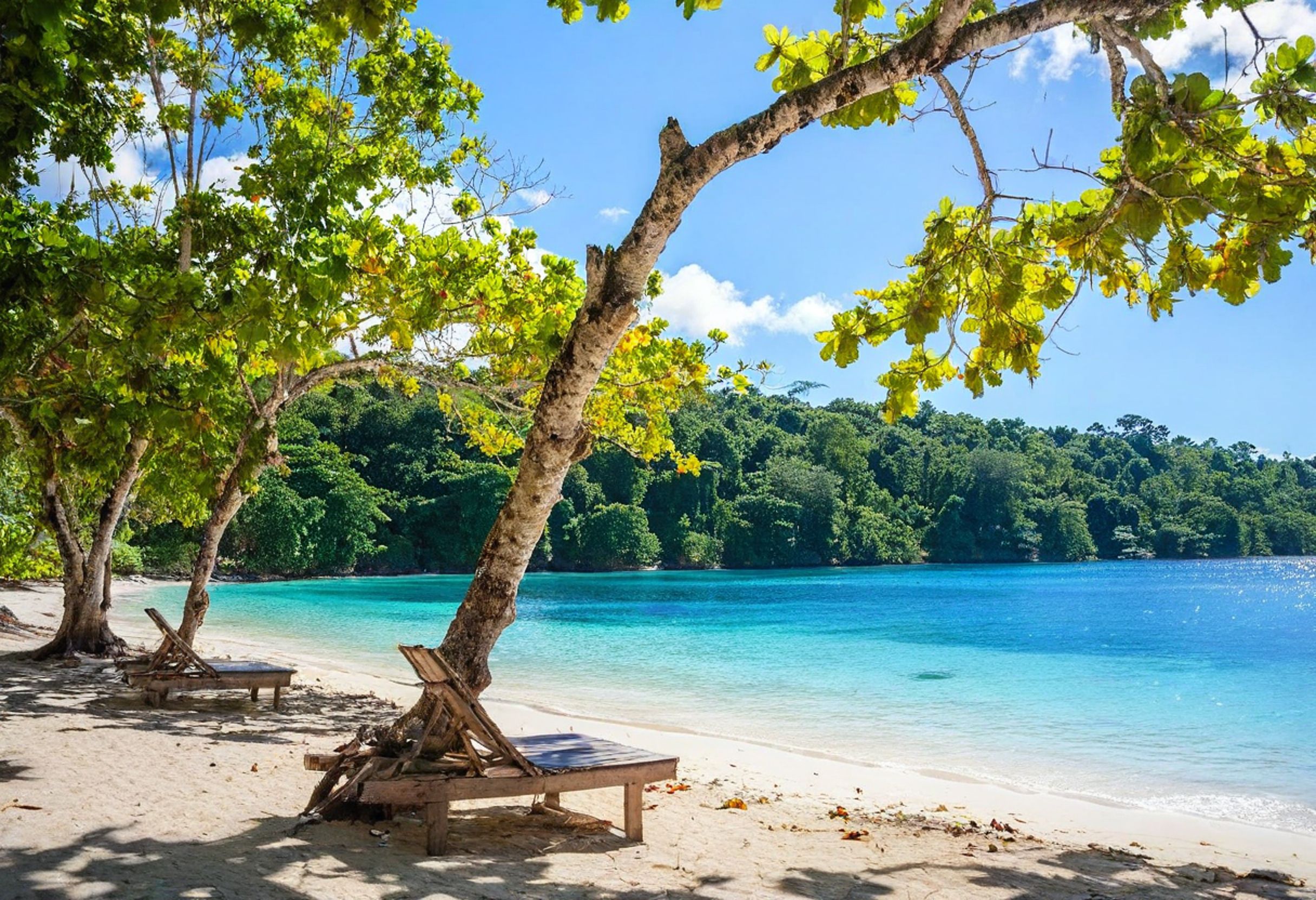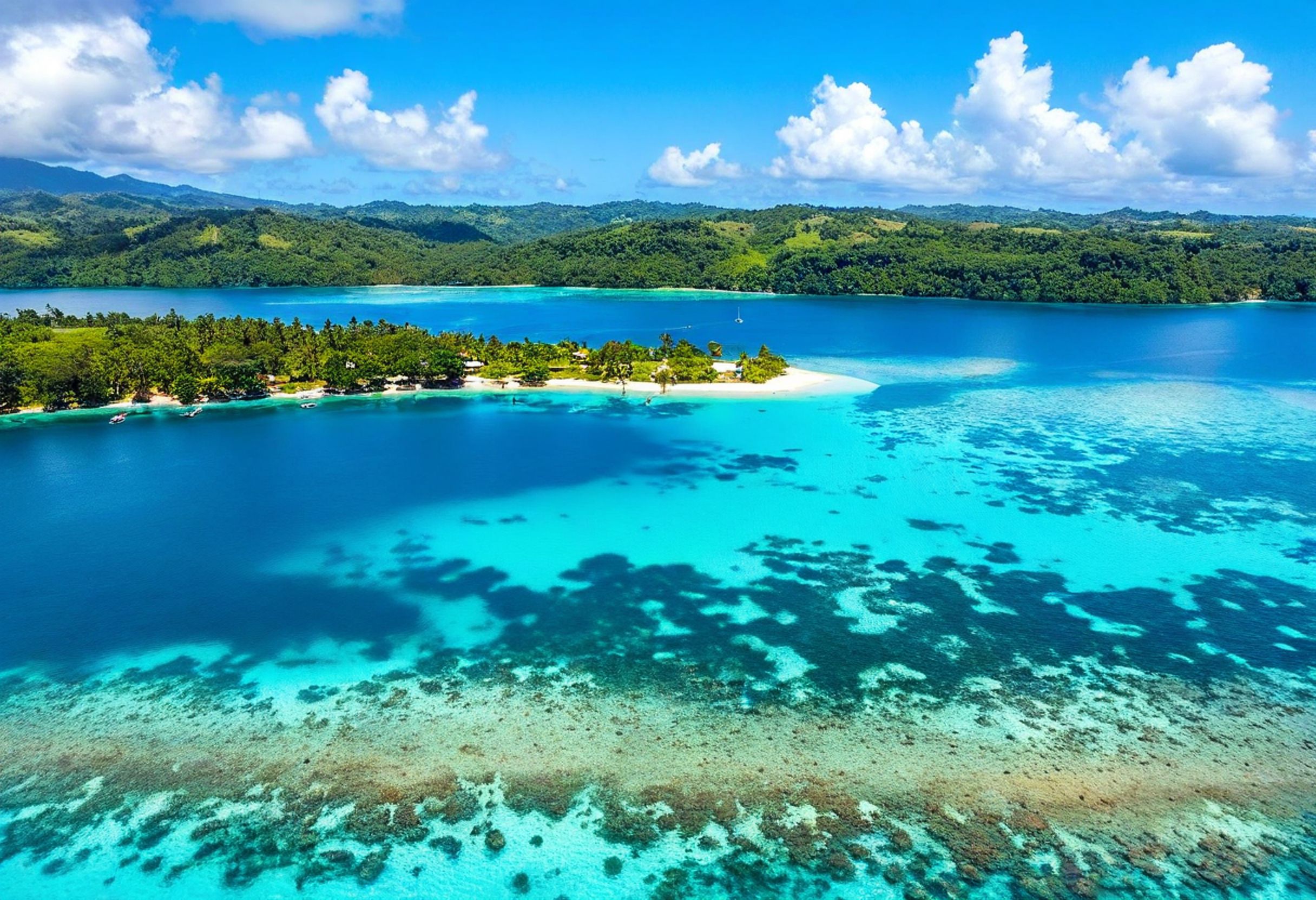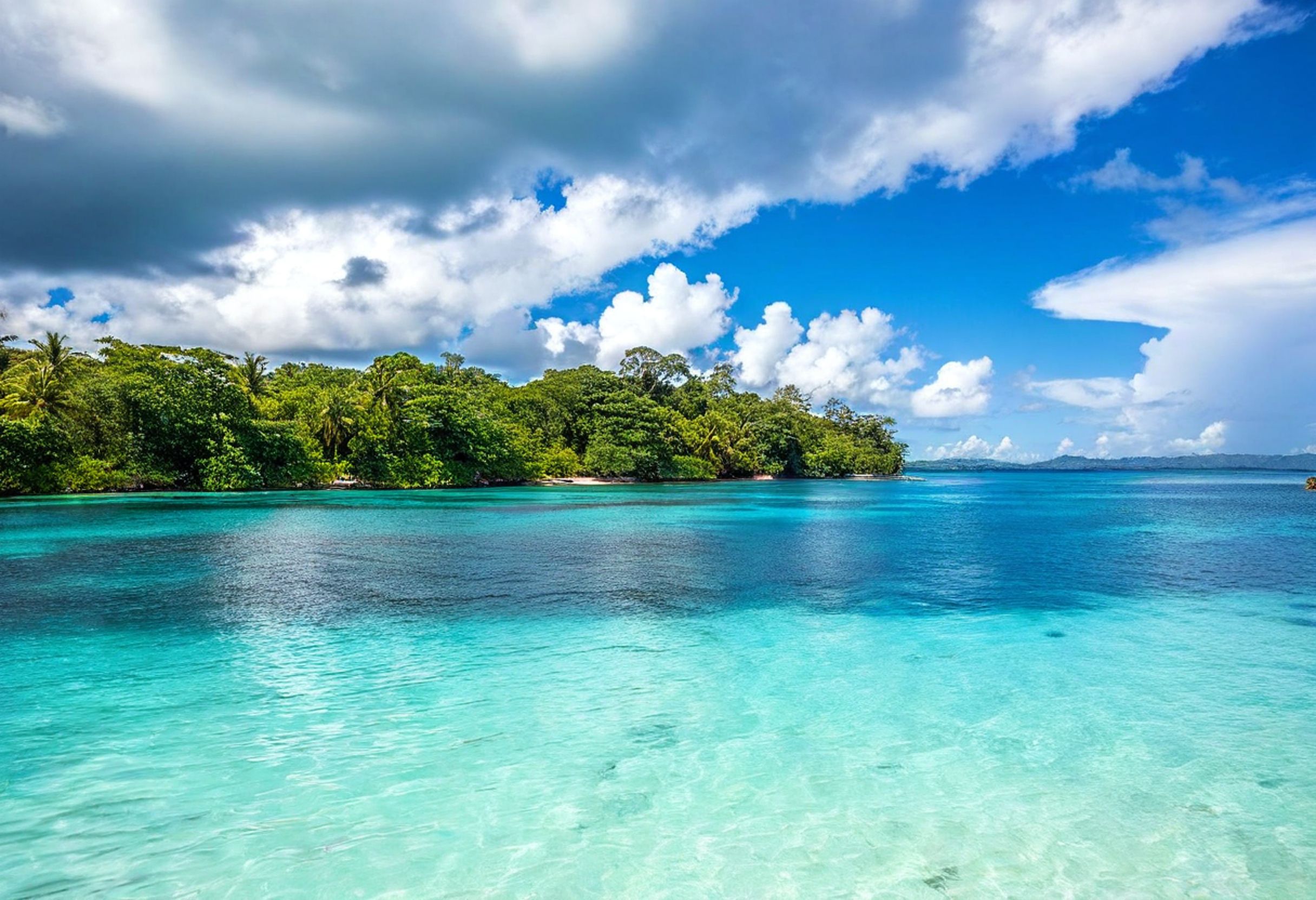Vanuatu, a Pacific island nation, experiences earthquakes frequently due to its location on the “Ring of Fire.” On March 28, 2025, a magnitude 5.4 earthquake struck 71 km northwest of Isangel at a depth of 35 km. This is just the latest in a series of seismic events that regularly affect the country.
Recent earthquakes in Vanuatu have caused widespread devastation, with a particularly destructive event resulting in 14 deaths and affecting approximately 80,000 people, including over 40,000 children who required humanitarian support. The nation’s Disaster Management authorities often struggle to provide immediate relief due to Vanuatu’s geographic spread across multiple islands.
Get a discount of 15% to 70% on accommodation in Vanuatu! Look for deals here:
Vanuatu Hotels, Apartments, B&Bs
Earthquakes in this region sometimes trigger tsunamis, adding to the challenges faced by residents and emergency services. The capital, Port Vila, has implemented improved building codes over recent years, but many rural communities remain vulnerable to these natural disasters. Local CCTV footage from a previous earthquake showed the terrifying moment when landslides crushed cars and flattened buildings.
Geological Context of Vanuatu Earthquakes
Vanuatu’s seismic activity stems from its location in one of the world’s most geologically dynamic regions. The country’s position along major tectonic boundaries creates conditions for frequent and sometimes powerful earthquakes.
Vanuatu’s Position Along the Ring of Fire
Vanuatu sits directly on the Pacific Ring of Fire, a horseshoe-shaped belt known for intense seismic activity. This small island nation is located at the convergence of the Australian and Pacific tectonic plates. The Pacific plate subducts beneath the Australian plate along the Vanuatu subduction zone.
This subduction creates the Vanuatu Trench, which reaches depths of over 7,000 meters. The friction between these massive plates generates significant stress that periodically releases as earthquakes.
Seismologists from the United States Geological Survey have identified this area as having one of the highest rates of seismic activity globally. The complex interaction of multiple microplates in this region further increases earthquake potential.
Historical Seismic Activity in Vanuatu
Vanuatu has experienced numerous significant earthquakes throughout its recorded history. Research compiled by the German Research Centre for Geosciences indicates that the region has seen almost 39 earthquakes of magnitude 7 or greater.
Between 1913 and 2018, sixty-nine cases of earthquakes potentially triggered volcanic activities on Vanuatu volcanoes. This interconnection between seismic and volcanic events highlights the complex geological dynamics of the region.
Some notable earthquakes include the 2002 Port-Vila earthquake (magnitude 7.3) and the 2009 Vanuatu earthquakes, which included three major events over 7.0 magnitude within a 24-hour period. Epicenters typically concentrate along the subduction zone’s western edge.
These seismic events have shaped both the physical landscape and the resilience of Vanuatu’s communities over generations.
Impact and Response
The 7.3-magnitude earthquake that struck Vanuatu had far-reaching consequences for the island nation’s population, infrastructure, and economy. The disaster prompted immediate emergency measures from local authorities and attracted international support for recovery efforts.
Consequences of the 7.3-Magnitude Quake
The earthquake’s impact on Vanuatu has been severe and widespread, affecting approximately 80,000 people across the archipelago. At least 14 people lost their lives, with over 265 reported injuries. Around 2,500 residents were displaced from their homes.
The shallow depth of the earthquake intensified its destructive power, causing significant structural damage throughout the affected islands, particularly on Efate. Homes, schools, and critical infrastructure suffered extensive damage.
Essential services were severely disrupted. About 20,000 people lost access to clean water, while landslides blocked roads and damaged communication networks.
The earthquake triggered a tsunami alert, causing further panic among coastal communities. The disaster affected roughly 6,000 workers from 200 businesses, dealing a blow to the nation’s economy.
Emergency Response and Disaster Management
Vanuatu’s disaster management authorities mobilized quickly after the earthquake. They established emergency shelters for the displaced and set up temporary medical facilities to treat the injured.
Search and rescue teams worked tirelessly in the aftermath, navigating landslides and damaged infrastructure to reach isolated communities. The government issued public safety guidelines and organized evacuation procedures in areas at risk of aftershocks.
Communication networks were partially restored to facilitate coordination between response teams. Authorities prioritized the distribution of clean water, food, and medical supplies to the hardest-hit areas.
The United Nations Disaster Assessment and Coordination (UNDAC) deployed specialists to support the response efforts. Local volunteers played a crucial role in the emergency response, helping to distribute aid and provide community support.
Recovery and International Support
Australia and New Zealand led international relief efforts, providing immediate financial aid and sending disaster response specialists to assist Vanuatu. Both countries delivered emergency supplies including water purification equipment, temporary shelters, and medical provisions.
The International Federation of Red Cross and Red Crescent Societies launched an emergency appeal to support recovery initiatives. Save the Children focused on establishing temporary learning spaces to minimize disruption to children’s education.
Long-term recovery plans include rebuilding schools, healthcare facilities, and homes with improved earthquake resistance. International donors have pledged support for infrastructure reconstruction with a focus on building back better.
Community-led recovery programs are being implemented to restore livelihoods and strengthen local resilience. Technical experts are working with local authorities to improve early warning systems for future disasters.
Get a discount of 15% to 70% on accommodation in Vanuatu! Look for deals here:
Vanuatu Hotels, Apartments, B&Bs

